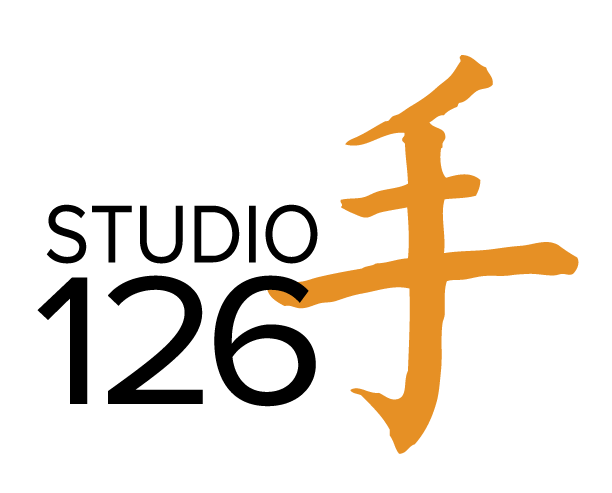
The joy of working with natural materials
In my last post I wrote about the strength and flexibility of the Hanji paper. Made from the mulberry plant, Hanji is extremely durable and long-lasting by nature. These properties are what make it such an intriguing medium to use for contemporary artwork.
When I create artwork, it’s important for me to build something that not only catches the viewer’s eye, but can be purchased with an assurance of the quality of the materials used.
To make the Hanji paper, I employ the same technique that has been used in Korea for over 500 hundred years. I use my hands to fuse, bend and fold the pieces to create the artwork that you see throughout this web site. After the piece is finished, I apply a special medium to seal the porous surface of the paper in order to keep airborne dust from attaching itself.
While the resin does serve to seal and harden the beeswax surface, it is still recommended to display the artwork away from direct sunlight. Working with two natural materials – Hanji and beeswax – allows me to create surfaces that are both different and complementary.
By manipulating and applying these materials by hand, I create results that are unique and always surprising, even to me. In a way it feels like I am bringing to life an intrinsic quality from within the materials to create an artwork that is compelling and visually appealing.

